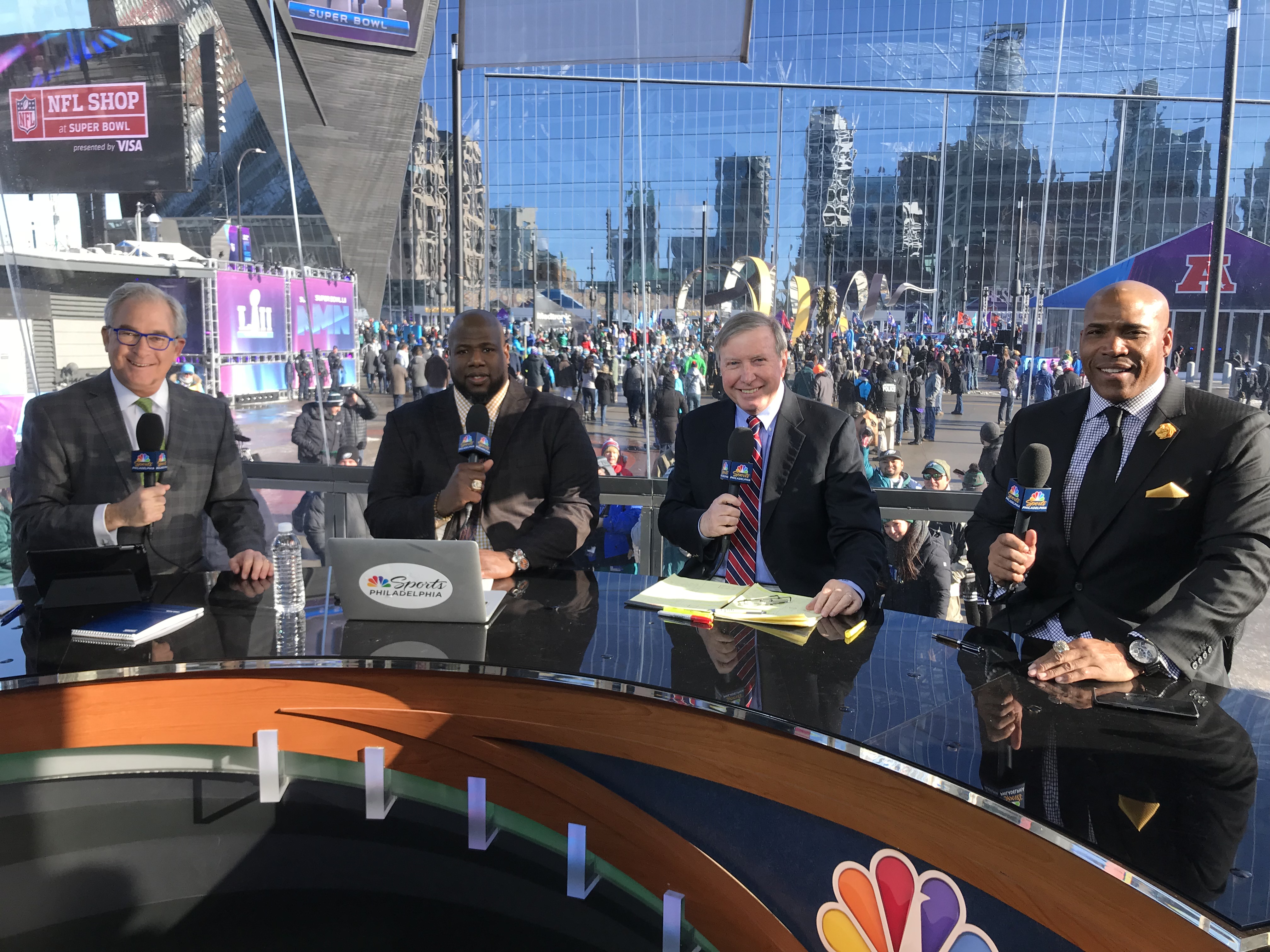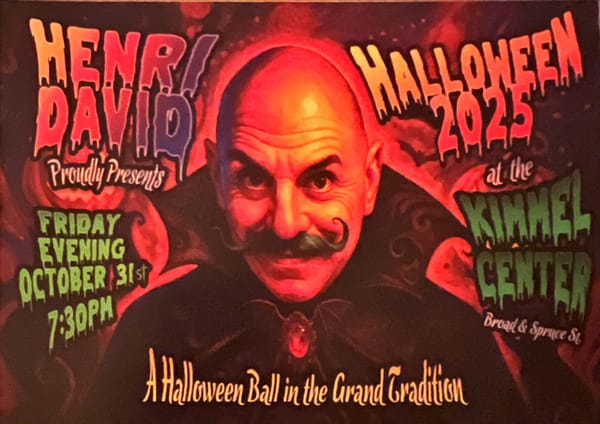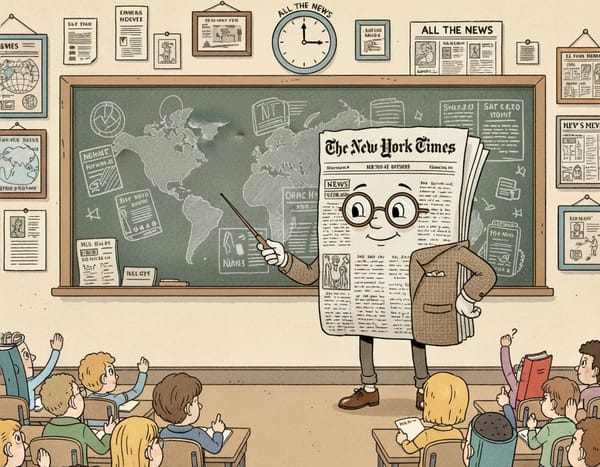What sport has the most asshats?
Which professional sport produces the biggest major league asshats?
I mean players, not fans. (In Philly, you gotta specify.)
It's axiomatic that most athletes in the Big Four — baseball, football, hockey, basketball — are coddled, but which sport offers up the characters with the worst character? Which athletes get the MVP as nicest, which are the worst foul balls?

Locally, we are talking (alphabetically) Eagles, Flyers, Phillies, Sixers.
Having personally dealt with only a few, I turn to those who cover them, or covered them — my Select Committee on Sports: Inquirer/Daily News columnist Marcus Hayes; WIP talk show host and NBC Sports Philadelphia football analyst Ray Didinger; former Eagle and NBC10 broadcaster Vai Sikahema, and from WIP’s Morning Show, Rhea Hughes.
I asked them to rank players from most friendly/easiest to deal with, to worst.
Hughes, who lacks a mean bone, dodged a bit and said there were villains and heroes in each sport. Yes, and I admit what follows is a generalization (but generalizations are often true).
To maintain suspense, I’ll hide the identity of the worst asshats as long as possible.
We’ll start with the Select Committee’s unanimous choice of nicest of the Big Four.
“By far, hockey players are the easiest,” said Hayes. The guys who skate for a living are the most approachable, whether for an autograph or for a quote.
Why are hockey players the most pleasant?
Most are Canadian and that has something to do with it, theorized Didinger. They are “more mannerly than the Americans in the other sports. Canadians are just that way, they are more down-to-earth and humble,” he said.

Hayes told me something I never would have thought of:
“Most hockey players will be living in the home of another family by the time they are 14 years old, playing juniors. They understand that if people are good to you, you can be good to people. Most are products of small towns and blue collars,” said Hayes.
“Small-town values” helps explain it, agreed Sikahema, “which is to say, they’re usually polite, easy going and unassuming, not cynical or prideful.”
They are the least pampered of the Big Four, with average salaries lower ($2.58 million) than all except the NFL ($2 million).
That helps keep their feet on the ground.
Canada is a “polite, agreeable nation that elects a (recently bearded) school teacher as prime minister, doesn’t initiate wars, has universal health care,” chimed in Dr. Frank Farley, Temple University professor of psychological studies in education, and former president of the American Psychological Association. The majority of players are Canadian and feel they represent their nation, said the academic who grew up on skates in Alberta. (We will ignore the regular, impolite fist fights in the sport.)
The Select Committee consensus put football in second place, followed closely by basketball.
It’s a really close call for columnist Hayes.
“You have football players and basketball players from the time they’ve gotten into high school, they’ve gotten everything and been asked to do very little and are seldom disciplined,” he said.
“They are products of a lack of structure and identify themselves more as basketball and football players than as people.”
Sikahema had a leg up when covering football because he had been an Eagles running back and kick returner, tough and small and a fan favorite. He spoke the players’ language.
“Football players typically have more college experience than the other majors. NFL rules require players to remain in college until their junior year. That exposure to campus life and higher education makes football players generally more well-rounded socially, physically, emotionally and academically,” Sikahema said.
Sounding like an NFL publicist, Sikahema rattled off a long list of players who have successfully transferred into other fields. “Acting (Alex Karras, OJ Simpson, Fred Dryer, Dwayne ‘The Rock’ Johnson), TV personalities (Michael Strahan, Fran Tarkenton, Frank Gifford), music (Mike Reid), law (Alan Page), engineering (John Stallworth), etc.. because many of us earned college degrees.”
Basketballers, on the other hand, “are getting harder to deal with primarily because they’re getting younger and used to being catered to from early childhood,” said Sikahema.
Because of his background, Didinger found “football players easy to deal with by and large. I spent more time around that sport so I spoke the language. There are a lot more layers to football, too. More strategy, more X's and O's so there is more to talk about.
“Coaches and players welcome that,” rather than personal questions, said Didinger, a member of the Pro Football Hall of Fame (Writers Honor Roll).
And now we come to the MLB: Major League Boors. Baseball is in the basement, housing the most disagreeable grumps and humps. And a lot of explanations as to why that is.
“There’s a long history and culture among them of being boorish, even hostile towards media. Many of them bypass college to play in the minors so they’re often uneducated, unrefined and uncouth,” said Sikahema.
The lack of college education was mentioned by Hayes as well.
“Most baseball players get a lot of money upfront as soon as they get out of high school, they’re shipped somewhere like Reading, Clearwater, with minimal supervision -- obscene freedom and plenty of money,” he said.
Yes, interjected Hughes, but not all of them, Phillies manager (and former player) Joe Girardi “is great whenever we interview him. Insightful. Engaging. Good sense of humor.”
Didinger pointed to two contributing factors to explain hostility on the baseball diamond -- the length of the season, and access.
Unlike the other sports, the baseball clubhouse is open before and after the game, he said, before COVID, of course.
This closeness does not result in coziness.
“In baseball, there are 162 regular season games plus six weeks of spring training then another month of playoffs and World Series,” should the team get there, Didinger said. “Players get tired of seeing reporters in their clubhouse every day for hours at a time. It is one thing to be permitted in a room -- which we are -- but it is quite another to be welcome in that room which we certainly are not.”
Many players are signed right out of high school or as teenagers out of Latin America, said Didingher, “put on a bus to ride around the minors with a bunch of other teenagers eating fast food and chasing girls. Guys aren't passing copies of The Atlantic around the bus or discussing global warming. The movie Bull Durham captures it pretty well. There is a very high meathead factor in baseball,” Didinger observed (without mentioning Curt Schilling).
Surprisingly for a journalist, Didinger said it might be better if, as in other sports, the locker room were open only after games.
Would absence make the heart grow fonder?
“We are now living in a new era of jock adoration. A lot of it has to do with the money. Athletes today are making far more than athletes, even great ones, were making in the '80s and even the '90s,” said Didinger. Swelled heads are common.
Sikahema agreed and provided a timeline: “If you think of the professional athletes of the ‘40s and ‘50s, many of them rode the subways and trolleys with the fans to the game.
“In the ‘60s and ‘70s they drove, but still lived in more modest homes. In the ‘80s they moved to the suburbs. In the ‘90s they lived in gated communities. Today, they’re chauffeured, have security teams and own their own jets. The modern athlete is an empire of businessmen, multi-media consultants, teams of lawyers and medical personnel, nutritionists, personal trainers, etc.,” Sikahema said.
None of the pro athletes carry their own bags to the bus.
For baseball players, said Dr. Farley, the slower pace of the game might lead to boredom, and less motivation to work with sportswriters.
Speaking generally of athletes, “Their wealth, affluence and power keeps them detached from the rank-and-file fan who works 9-5, drives a pickup and may live in a row home,” said Sikahema. “Hence, the infamous comment from NBA star Latrell Sprewell: ‘I need to feed my family. They offered me $21 million over three years. That’s not going to cut it.’ Totally out of touch with the common person.”
Didinger chimed in, “Players now have personal security running interference for them, shoving the fans aside and cutting press conferences short. It used to be fairly easy for a fan to get an autograph or a photo with an athlete. Yeah, good luck with that today,” he said.
Today’s athletes are the new aristocracy — wealthy, famous, protected, pampered, entitled. They answer to almost no one. They are millionaires who can get their coaches fired. Don’t get too close.



